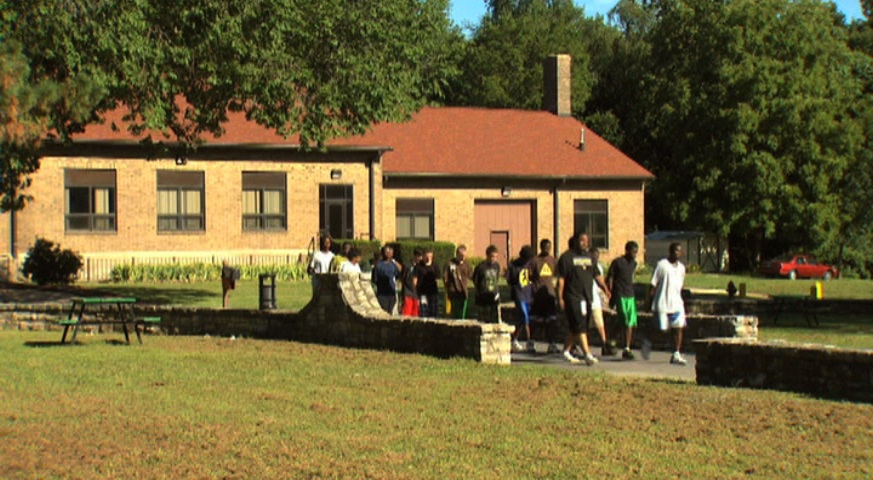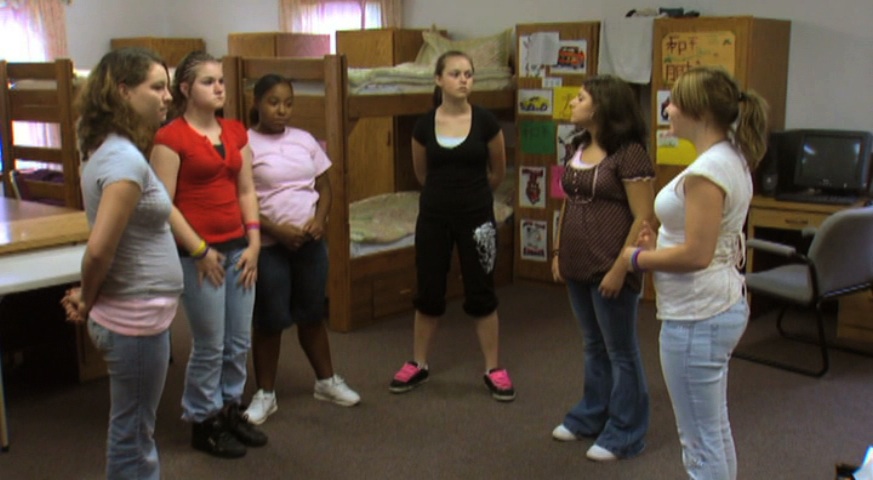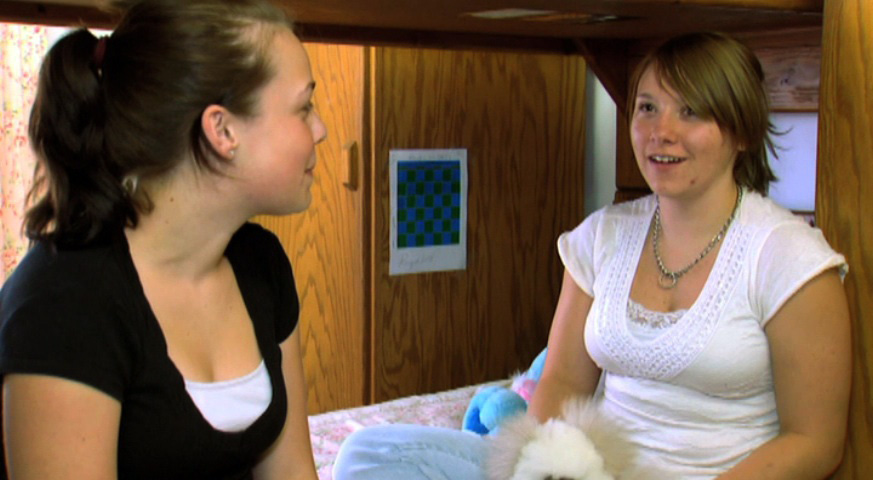Who we are
The Missouri Division of Youth Services (DYS) was created within the Department of Social Services through the Omnibus State Reorganization Act of 1974.
 The agency is charged with the care and treatment of delinquent youth committed to its custody by one of Missouri’s 45 juvenile or family courts. Approximately 1,200 new commitments are received and over 2,800 total youth are served each year by Missouri DYS. Of the youth served, 86% are male and 14% are female. Over 37% are minority youth and 66% come from large metropolitan areas of the state.
The agency is charged with the care and treatment of delinquent youth committed to its custody by one of Missouri’s 45 juvenile or family courts. Approximately 1,200 new commitments are received and over 2,800 total youth are served each year by Missouri DYS. Of the youth served, 86% are male and 14% are female. Over 37% are minority youth and 66% come from large metropolitan areas of the state.
Over half of all commitments are for a felony offense and two-thirds have a felony background. Prior mental health services had been provided to over 46% of DYS youth, and nearly 34% had a diagnosed educational disability prior to commitment. Over 20% of youth served have been previously in an out-of-home placement for child abuse or neglect.
DYS coordinates an extensive Juvenile Court Diversion program that strengthens the local continuum of care in partnership with juvenile and family courts around the state. The goal of this program is to prevent a youth from reoffending, progressing deeper into the juvenile justice system, and reducing the risk of a youth’s commitment to the care and custody DYS.
 Over many years public officials in Missouri have worked closely with the Division of Youth Services Advisory Board and agency staff to create a juvenile justice system for we can all be very proud.
Over many years public officials in Missouri have worked closely with the Division of Youth Services Advisory Board and agency staff to create a juvenile justice system for we can all be very proud.
Missouri’s innovative leaders did not set out to create one of the best systems in country, but rather, to do the best possible job of holding young people accountable and helping turn their lives around so that they become law-abiding and productive citizens. This approach has led to the development of a highly effective system and culture that will endure, achieving exemplary results for years to come.
About the Missouri Approach
Achieving better results with young people and families in the juvenile justice system requires a fundamentally different approach. Traditional correctional programs often cause further harm and have typically been ineffective in achieving anything more than temporary behavioral compliance that does not translate well to success in the community.
 If the root causes of delinquency are not dealt with, young people returning to communities lack the preparation necessary to make good choices and become productive citizens. The very assumptions on which many youth correctional programs are based are counter to research and experience related to the cognitive, behavioral, and emotional development of adolescents. If we view young people in the system as a product of their past experiences, a work in progress, and a potential resource to others, we are compelled to weave together a system that supports personal development and change, and to continuously work to make it better.
If the root causes of delinquency are not dealt with, young people returning to communities lack the preparation necessary to make good choices and become productive citizens. The very assumptions on which many youth correctional programs are based are counter to research and experience related to the cognitive, behavioral, and emotional development of adolescents. If we view young people in the system as a product of their past experiences, a work in progress, and a potential resource to others, we are compelled to weave together a system that supports personal development and change, and to continuously work to make it better.
The contrast between “correctional” programs for young people found in many states and the “treatment and rehabilitative programs” found in Missouri is illustrated below:
|
Correctional
|
Rehabilitative & Therapuetic
|
 Based on a fundamentally different perspective on young people, families, and the process of truly rehabilitating juveniles, Missouri has established a system that is best known for the following characteristics:
Based on a fundamentally different perspective on young people, families, and the process of truly rehabilitating juveniles, Missouri has established a system that is best known for the following characteristics:
Small programs, close to home
Regionalized approach, geographic distribution
Least restrictive continuum of care:
- Juvenile court diversion programs with the circuit courts
- Community care with wraparound services
- 11 day treatment and family resource centers
- 7 group homes
- 18 moderate care programs
- 7 hardware secure programs
Allows for flexible use based on youth and family strengths/needs
Humane environments – safety building blocks creating physical and emotional safety
- Natural home-like environments; basic needs met
- Structure/facilitation; eyes-on, ears-on, hearts-on supervision
“Group systems” – therapeutic intervention, youth development, and social-emotional competence through group “circles”, daily group meetings, and experiential group projects.
Fully integrated treatment approach – trauma informed approach focused on emotional healing, self-awareness and cognitive-behavioral, youth development, family systems.
Healthy marriage between treatment and education – creating a therapeutic one-room schoolhouse.
Universal case management – continuity, youth and family advocacy – start to finish.
Family and community engagement – outreach to homes, responsive visitation policies, family therapy and engagement, interface with community liaison councils.




